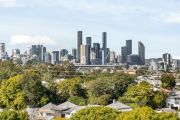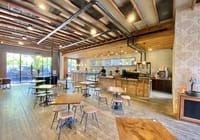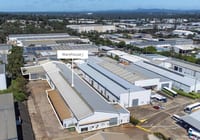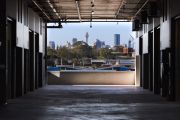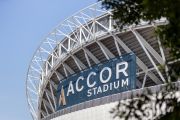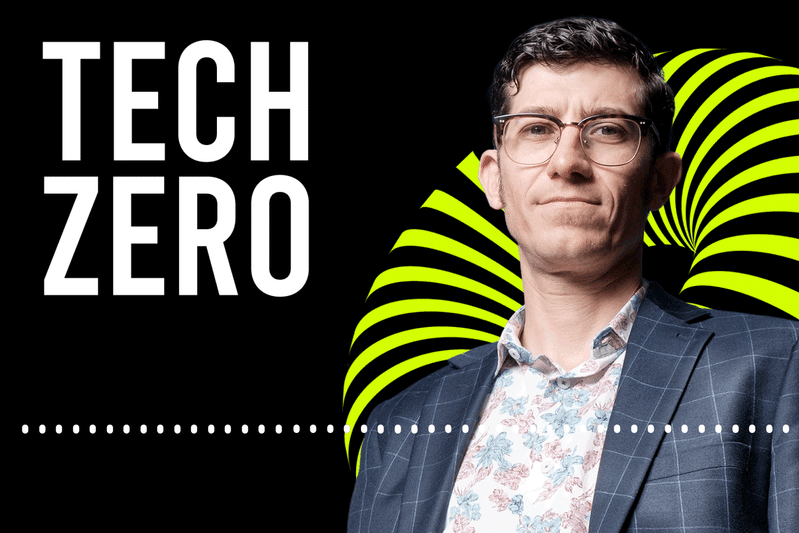
Atlassian’s low-carbon skyscraper is ‘out of the ground’
Joe Karten has news for anyone who thought the work-from-home revolution might convince tech giant Atlassian to cancel plans to build one of the world’s most environmentally sustainable skyscrapers in downtown Sydney.
“We are out of the ground; out and away,” he says of the reinforced concrete core that has been laid as the foundation for the $1.5 billion Atlassian Central building.
Karten is head of sustainability at construction giant Built, the company tasked with turning Atlassian’s green dream into 39 storeys of low-carbon reality.
Atlassian Central was designed to have half the embodied carbon of a typical building and Karten told the Tech Zero podcast it would set a new standard for the construction industry at a time when the Intergovernmental Panel on Climate Change estimates that buildings are responsible for 21 per cent of global emissions.
“An aspiration for that project was to create a lighthouse to effectively change the standard that we will expect for buildings,” says Karten.
Atlassian Central’s low-carbon goal will be achieved by using mass timber – a building material made from reinforced wood – in many places where concrete and steel would normally be used.
Photovoltaic cells will be built into the exterior of the building while the aluminium used for louvres and window frames will be a super-low-carbon product made at Rio Tinto’s hydro-electric smelter in New Zealand.
The concrete and steel that make up the core of the building are also low carbon versions of those materials, and the design will maximise natural ventilation to reduce power consumption for airconditioning.
“What Atlassian has done has really set the bar high at a global level. And we’re going to see a lot of action around buildings that really tackle embodied carbon in a real and authentic way,” says Karten.
Located next to Sydney’s Central railway station, the tower will cater for 5000 occupants. Atlassian says it expects staff to be housed there from 2027 onward.
The tech giant is pushing ahead with the project despite offering staff a “work from anywhere” policy.
Karten says smart companies see attractive, environmentally friendly workplaces as an asset in the competition for talent, even if the price tag on such buildings is higher.
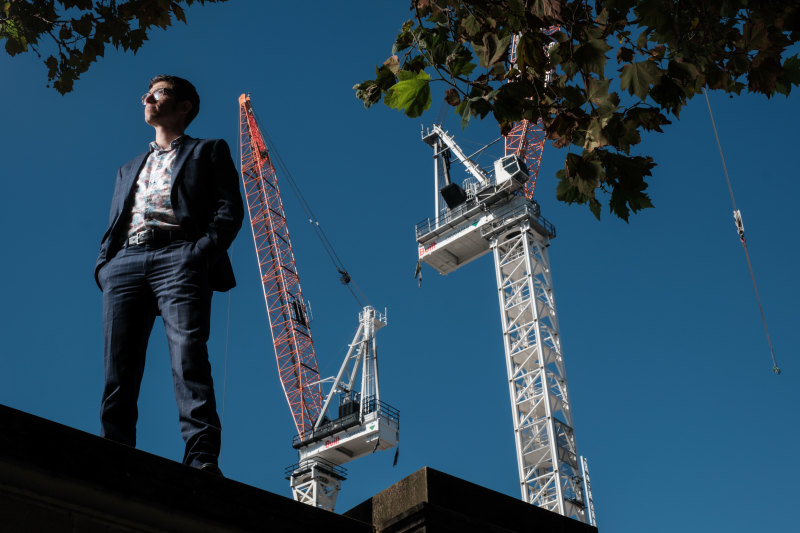
“They’ve [Atlassian] made no secret of the fact that they didn’t require the standard property developer margins on that project,” he says.
“They invested some extra money of their own to create a real icon of a project. Now, that’s invaluable, because attracting talent, we know in tech, the war for talent is fierce.
“Generation Y and younger are really preferencing sustainability on equal, if not more preferential terms than the economic or the financial. So it actually makes sense.
“Just building the cheapest building is not attractive. It’s not going to get the right result.”
The tech giant will own a minority stake in Atlassian Central, believed to be about 35 per cent, and will be the anchor tenant on a 15-year lease.
Real estate development company Dexus will be the majority owner under a deal struck with Atlassian in 2022.
Dexus said in February that about $1.2 billion of the $1.5 billion capital cost was still to be spent.


